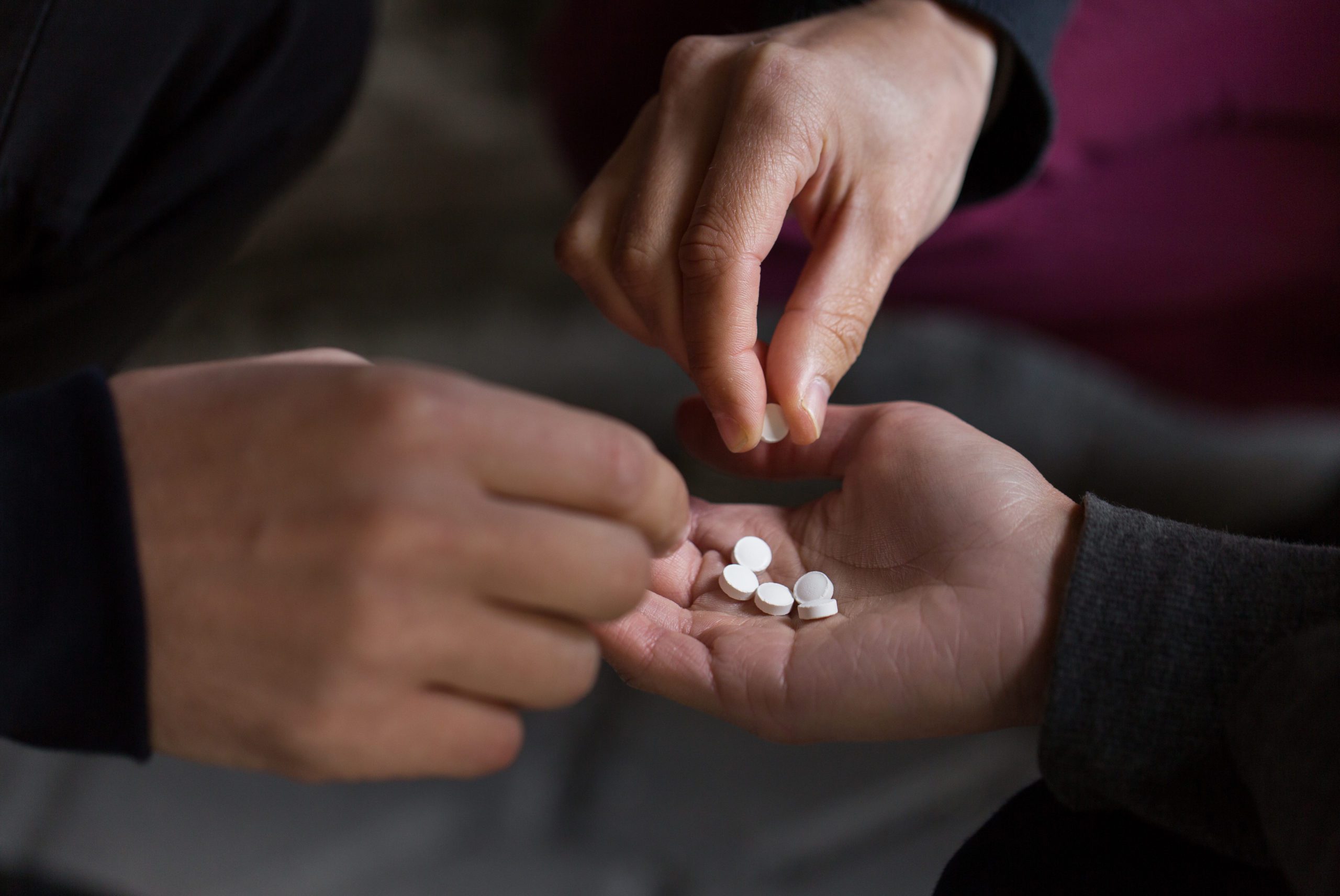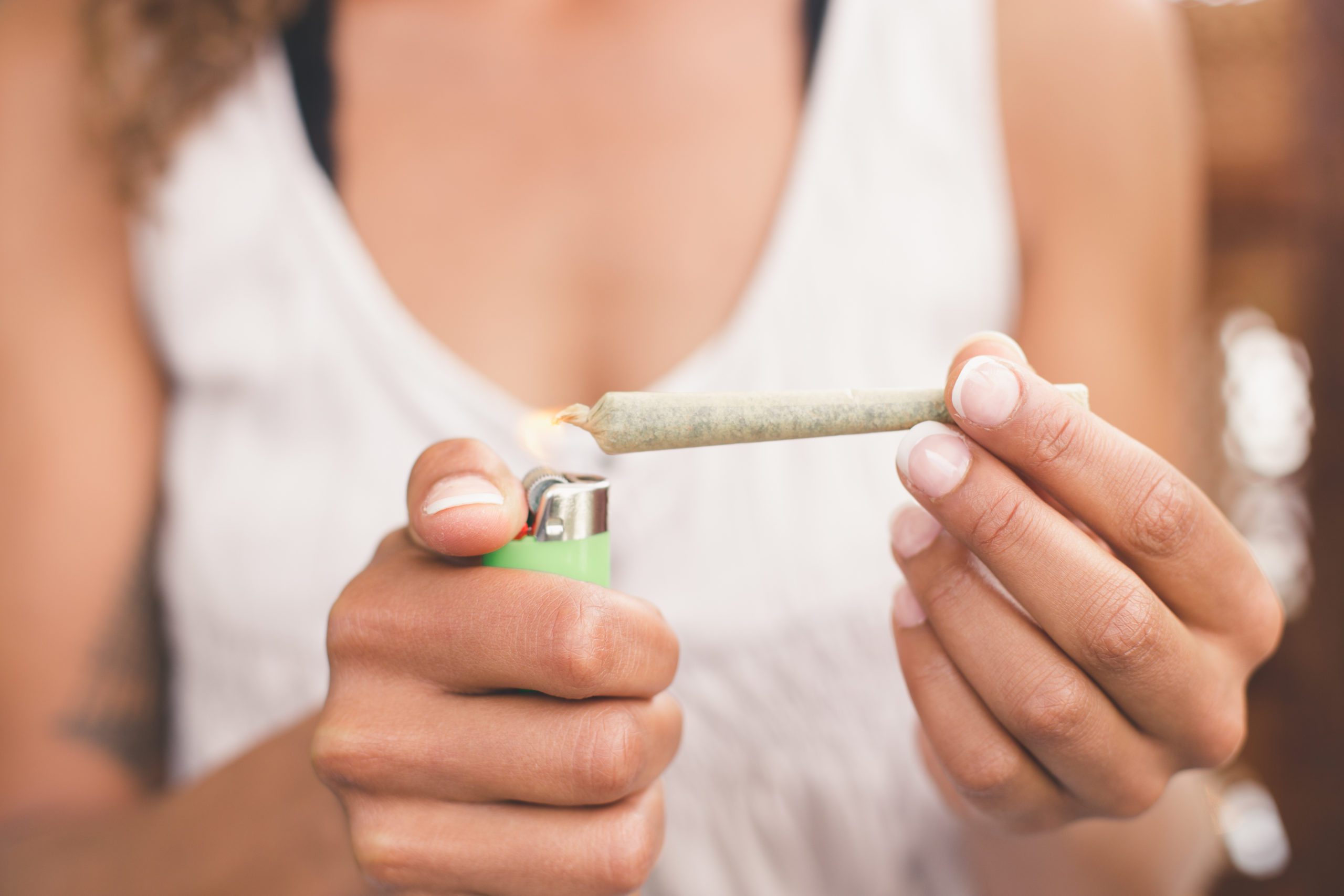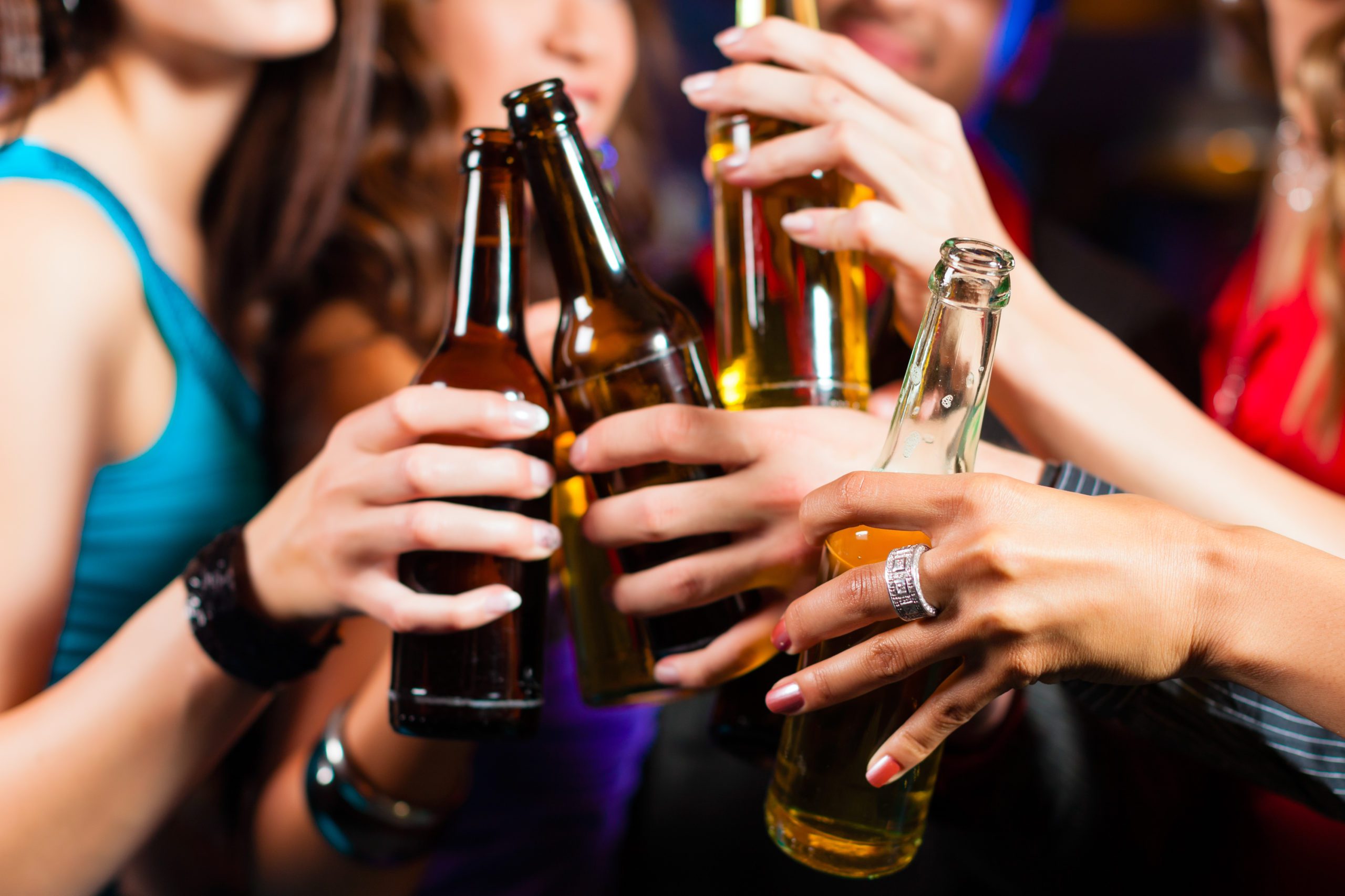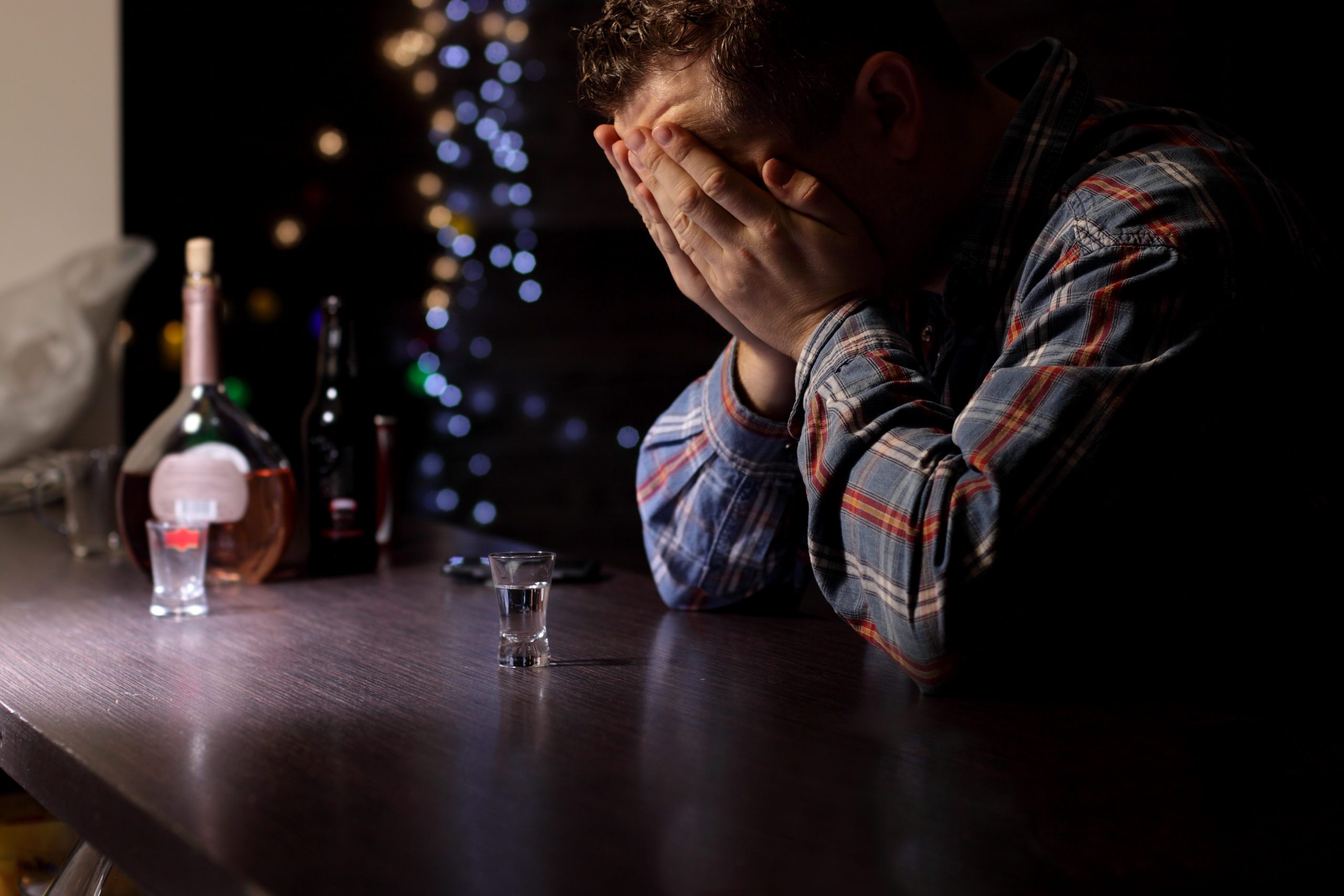For decades, there have always been questions about the physiological reasons for addiction. Is it hereditary? Does it have to do with chemicals in the brain? And now, more recently, are certain genders more susceptible to a dependency? Well according to some new science from Vanderbilt University, that last answer should be a resounding “yes.”
A report compiled by Vanderbilt researchers recently revealed that female hormones do play a role in women’s addictive behaviors. Not only that, the same study claims that they may be more prone to relapsing than men. As lead researcher and Assistant Professor of Pharmacology Erin Calipari explained, studying substance abuse by gender may be very beneficial to the recovery world.
“Women becoming addicted to drugs may be a fundamentally different process than men,” she told the website Science Daily. “It’s important to understand this, because it’s the first step in developing treatments that are actually effective.”
Some of the research that Calipari shared traced back to occurrences like a monthly menstrual cycle. What her team’s findings showed was that when fertility-related hormone levels are high, women make stronger associations to cues in their environment and are more prone to seek rewards. Pleasure seeking and “rewards,” as we all know, are often tied back to drinking and drug use.
The Vanderbilt research specifically tied into behavioral experiments involving male and female rats. For a period of several months, the specimens were allowed to dose themselves with cocaine by pushing down on a lever. A light would then switch on, building a visual association to the pleasure seeking. The team made a point to associate this with visual cues humans may encounter, such as alcohol advertisements or drug paraphernalia. When the female rats’ hormone levels were high, the visual cues became more stimulating and the lever pushing increased dramatically.
Calipari added that this data adds on to previous research that had shown women being more prone to addiction. As she put it, emotions like vulnerability also contributed to the behaviors.
“There’s epidemiological data that says women are more vulnerable, but it’s unclear what the factors are,” she concluded. “We know they transition to addiction faster and have more problems with craving and relapse. Now, with research like this, we’re beginning to isolate environmental and physiological causes.”
Whatever the reason, we hope women facing addiction understand that there are many biological factors at play within this very real problem. Hopefully, it can help remove some of the shame and guilt that often accompany a dependency. If there is a mom, daughter, sister or friend you are close to dealing with this issue, please reach out and let us help.











